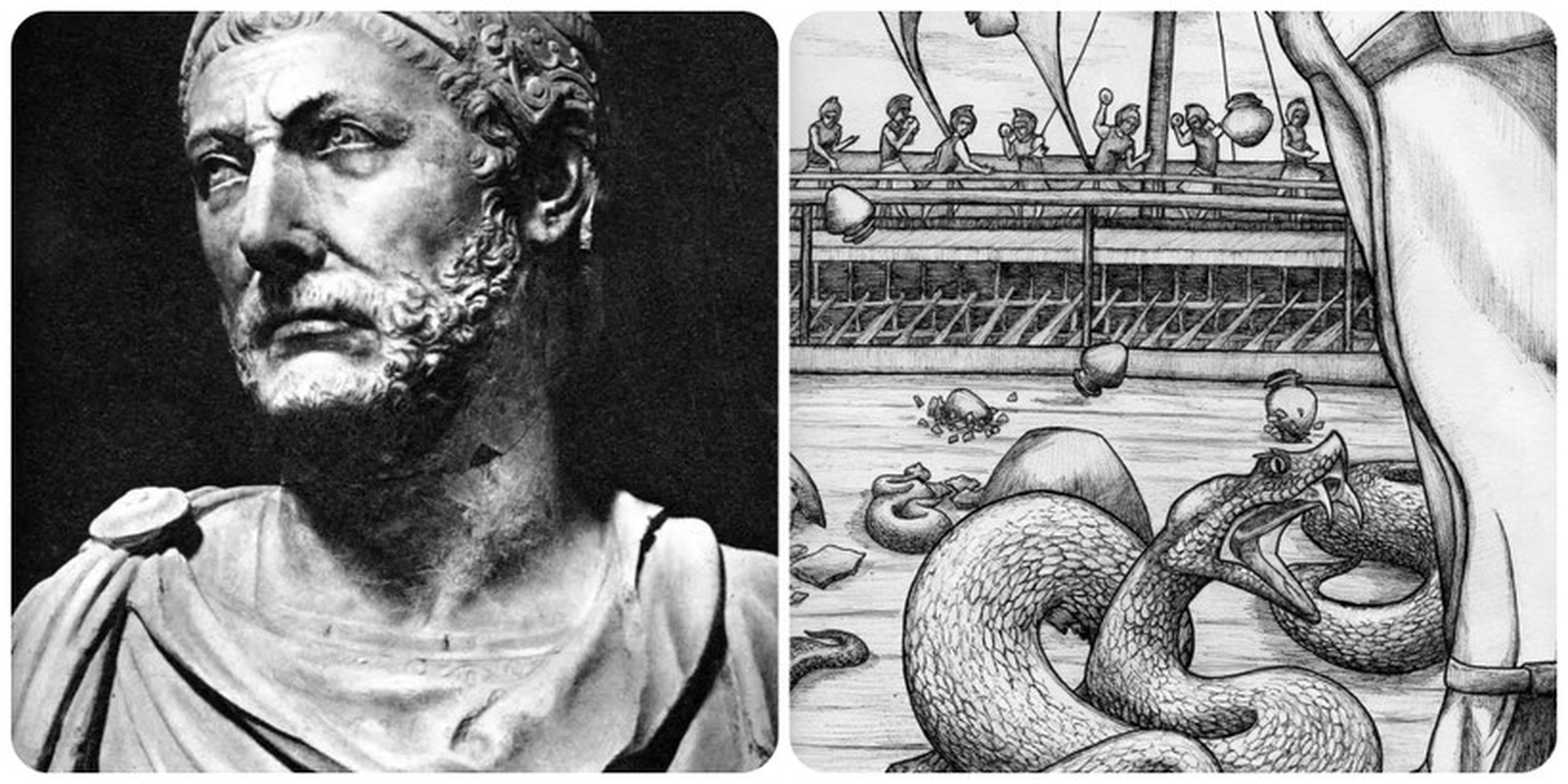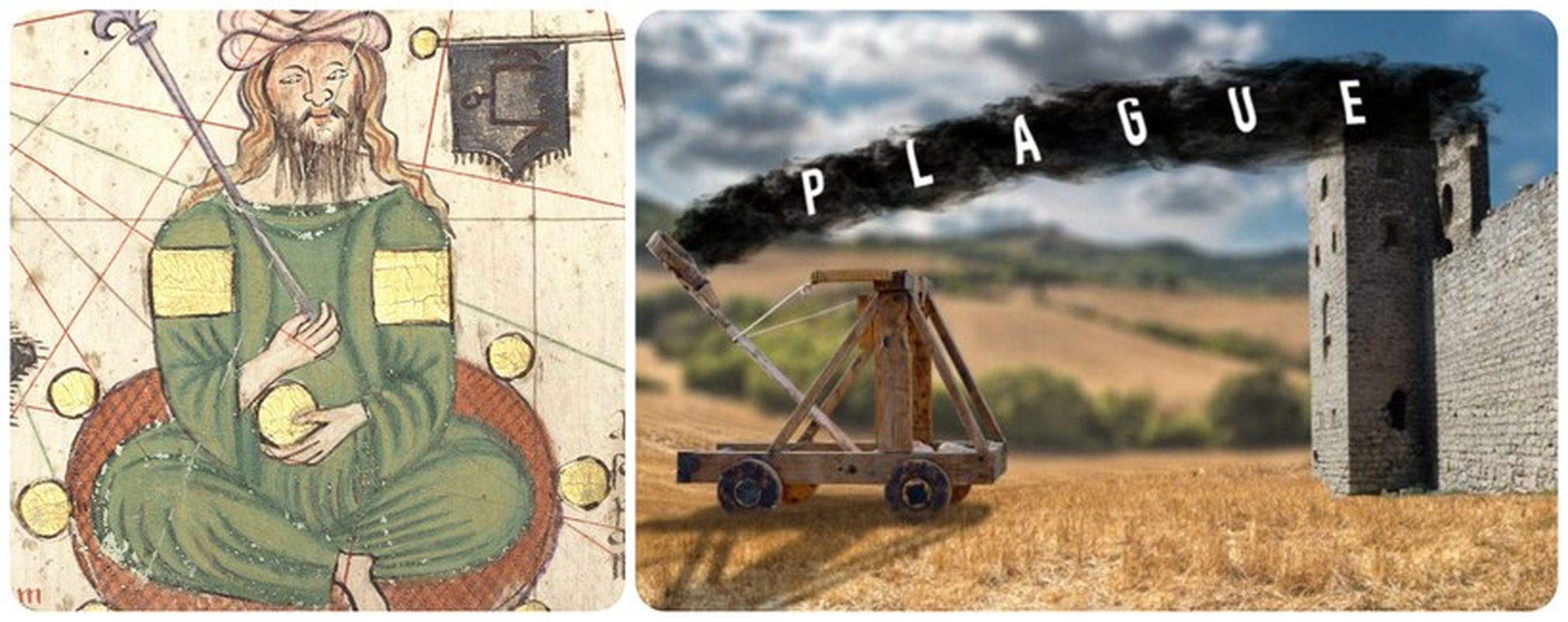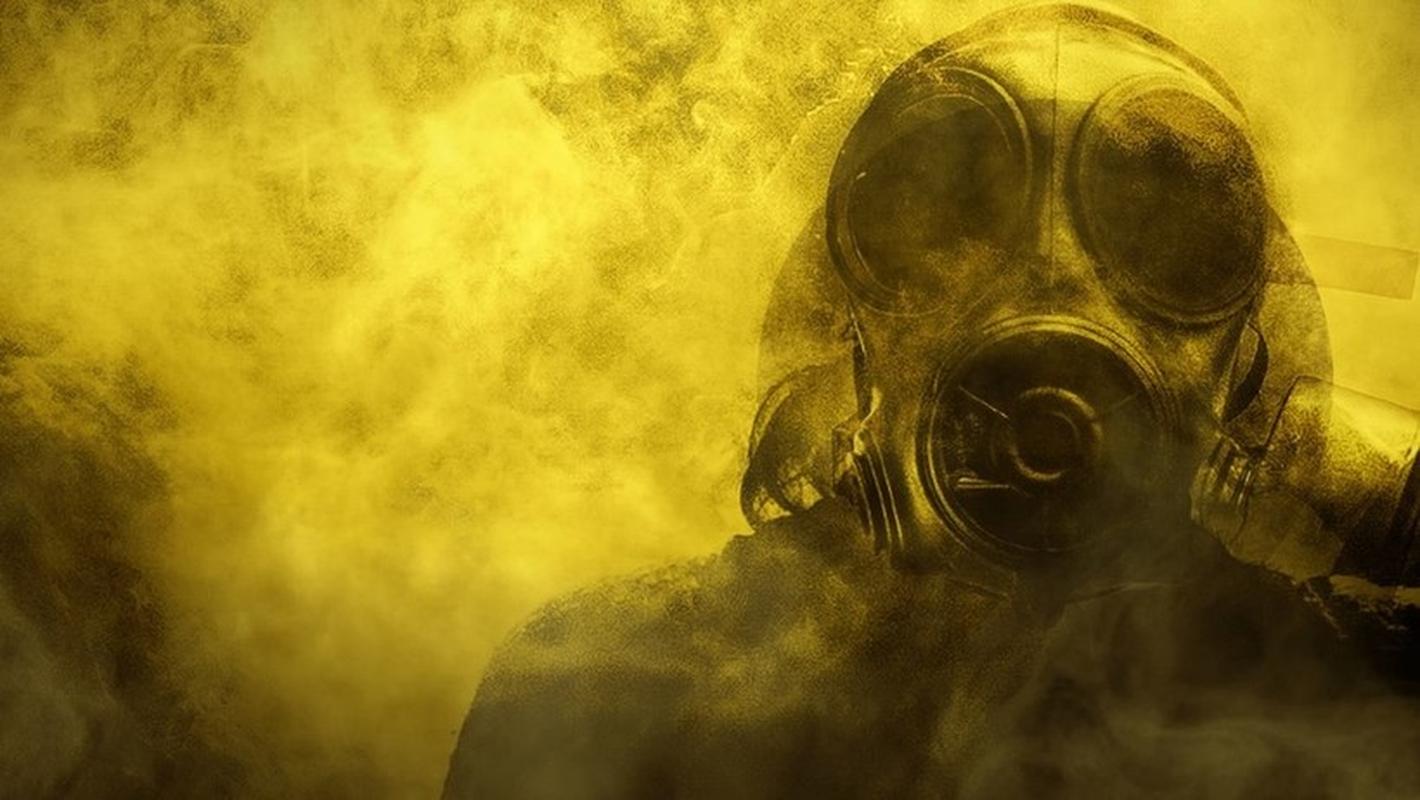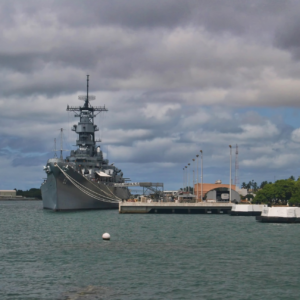Top 4 most brutal biological weapons in the history of war
For victory, opponents do not hesitate to throw at the enemy from highly poisonous animal “bombs” to even corpses of people who died of the plague.

Venomous snakes: In 184 BC, General Hannibal of Carthage (247 -183) had a confrontation at sea with Emperor Eumenes II (221 – 159) of Turkey. Not strong in naval warfare, Hannibal was determined to lose the battle. Photo: Thecollector.com – Khqa.com
Unexpectedly, this military genius came up with a great trick to turn the tide of battle by using venomous snakes. He ordered his soldiers to find and catch as many venomous snakes as possible, put them in clay jars and throw them onto the enemy’s ships.
At first, Emperor Eumenes II burst out laughing when he saw that the clay jars were not lethal, but soon he turned pale with fear. The venomous snakes were extremely aggressive, biting everyone, causing his soldiers to panic and run away.
With no other choice, the emperor had to order a retreat. General Hannibal of Carthage won without losing a single soldier or pawn.
It is impressive that Hannibal was not the only one to take advantage of highly venomous animals. In 198 AD in Arabia, soldiers of the Parthian Empire (247 BC – 224 AD) learned this trick.
They trapped many scorpions in clay jars, then threw them at the army of Emperor Septimius Severus (145 – 211) of Rome. Terrified, the Roman soldiers fled in all directions, breaking their formation and forcing Severus to temporarily retreat.

Corpses of people who died from the plague: Throughout human history, the plague has always been the most terrifying nightmare. However, while many countries and regions were paralyzed by the disease, the Great Khan Jani Beg (? – 1357, Mongolia) saw this disease as the ultimate weapon. Photo: Thecollector.com – Khqa.com
In the 1340s, after a three-year siege of Caffa on the Crimean Peninsula failed, he ordered his soldiers to use catapults to throw the corpses of people who died of the plague into the city.
“Mounds of corpses were thrown in and the people in the city did not know where to run or where to hide to avoid the risk of infection. Soon the corpses rotted, polluting the air and poisoning the water,” wrote historian Gabriele de’Mussi (1280 – 1356).
Despite using the most vicious tactics, the Great Khan Jani Beg did not win. The “Black Death” not only attacked the enemy, but also destroyed his own army, resulting in a “mutual loss”.
The consequences of exploiting the “Black Death” did not stop at destroying Caffa, because many sailors in this city abandoned the city, boarded ships and sailed to Genoa, Messina and Constantinople. They brought the plague throughout Europe and eventually caused the plague era.

Smallpox, malaria: In the 18th – 19th centuries, British colonists invaded the Americas and continuously encountered fierce resistance from the native Indians. Wanting to win without much effort, they deliberately took blankets from people with smallpox and gave them to the native tribes so that the disease could spread and kill as many people as possible. Photo: Thecollector.com – Khqa.com
Although the British never admitted to this crime, according to the diary of soldier William Trent (1715 – 1787), they gave 2 blankets and 1 handkerchief from the smallpox hospital to the Indians.
In addition to Trent’s notes, there are many other documents written about the plot to kill Native Americans by infecting them with smallpox. “I pretended to bend down and put a few blankets in their hands, of course taking care not to get infected myself,” Captain Simeon Ecuyer, commander of Fort Pitt (now Pittsburgh) told others.
At the same time, Napoleon the Great (1769 – 1821) also did the same thing. In the summer of 1809, during a battle with the British army occupying Walcheren, an island off the Scheldt estuary, he ordered soldiers who were sick with malaria to spread the disease everywhere.
Within a month, the number of British soldiers infected with the disease had reached nearly 10,000. The British army had no choice but to abandon Walcheren.

Mustard gas: World War I (1914 – 1918) was the era of many biological weapons and the most terrifying “weapon” was mustard gas. True to its name, this gas has a pungent smell like mustard.. Photo: Thecollector.com – Khqa.com
The first time mustard gas was used was in July 1917 in Ypres, Belgium. Soldiers reported seeing a “shimmering cloud” surrounding their feet. Because they were wearing gas masks, no one paid attention to this “cloud”. Unexpectedly, mustard gas is absorbed not only through the respiratory tract, but also through the skin. It causes the skin to become red, blistered, and extremely painful.
Mustard gas is not very soluble in water, so it is impossible to wash it away. When inhaled into the lungs through the respiratory tract, it causes blisters in the lining of the lungs. If it gets into the eyes, mustard gas damages the cornea, leading to blindness.
The more humid the place, the faster the mustard gas acts due to the hydrolysis reaction. The most terrifying thing is that this poison gas does not kill the victims immediately, but causes their bodies to ulcerate, causing endless pain and prolonging the time to death for up to 6 weeks. In Ypres alone, mustard gas caused a “slow death” for 10,000 people.
News
How Hezbollah & Israel counter-attack after the Lebanon Explosion
How Hezbollah & Israel counter-attack after the Lebanon Explosion This is how Hezbollah responded to Israel after the sophisticated pager and walkie-talkie explosions, which occurred across Lebanon. They retaliated by launching guided missiles for the first time. The three strikes…
[MUST WATCH] In pictures: The deadliest day in Lebanon in nearly a year of conflict
In pictures: Israel strikes hundreds of Hezbollah targets in Lebanon Israel attacked hundreds of Hezbollah targets on Monday in airstrikes, making it the deadliest day in Lebanon in nearly a year of conflict. Smoke billows over southern Lebanon following Israeli…
BREAKING NEWS: US sends more troops to Middle East as violence rises between Israel and Hezbollah
US sends more troops to Middle East as violence rises between Israel and Hezbollah Violence between Israel and Hezbollah is raising risk of a greater regional war. WASHINGTON — The U.S. is sending a small number of additional troops to the…
Easy Company Facts Even Hardcore Fans of ‘Band of Brothers’ Don’t Know
Photo Credit: HBO / Getty Images HBO’s 2001 miniseries, Band of Brothers, has continued to gain popularity in the decades since its release. This is partly due to later generations having greater access to the series – in particular, via…
Mighty MO – USS Missouri (BB-63) Video and Photos
There are three other ships in the United States Navy which were named after the state of Missouri besides the battleship USS Missouri (BB 63), and although she became associated with the history of the Japanese raid at Pearl Harbor, she…
A Soviet TU-16 medium jet bomber flies past the anti-submarine warfare support aircraft carrier USS Essex
That Time A Soviet Tu-16 Badger Crashed Into The Sea After Buzzing A U.S. Aircraft Carrier A screenshot from the video filmed aboard USS Essex shows the Tu-16 Badger flying very low close to the aircraft carrier. Low pass with…
End of content
No more pages to load











